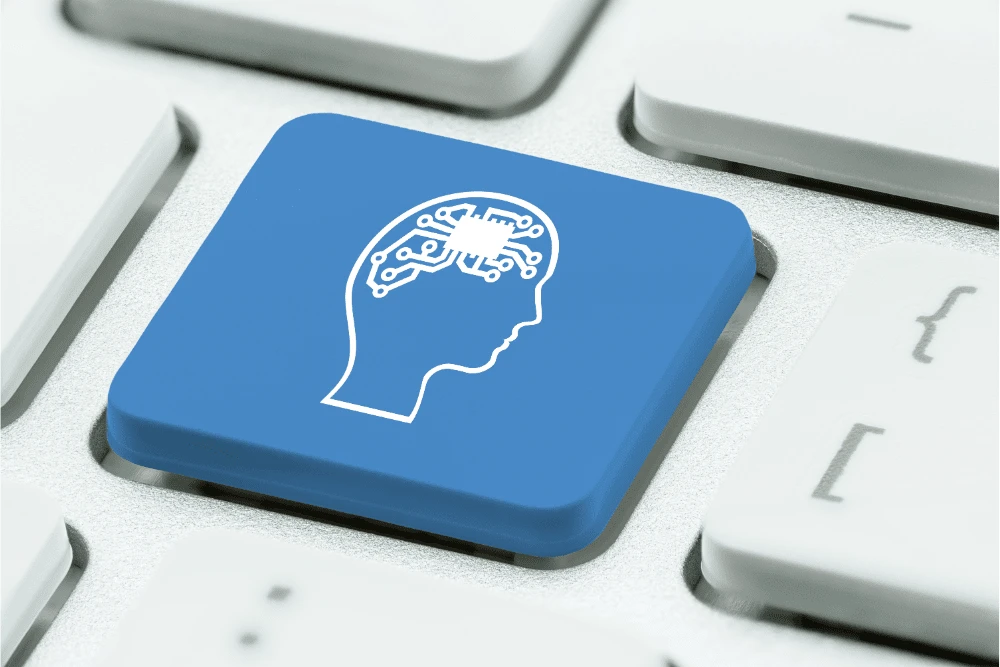Don't miss out on the latest updates.
Fill in your email address to stay informed about upcoming training sessions, events, and testing know-how.
Blog
Discover how digital accessibility is not just about compliance—it's a game-changer for inclusivity, market reach, and user experience. Learn how embracing accessibility can unlock new opportunities and why it’s essential for every business.
According to the World Health Organization (WHO), 16 % of the global population has a disability, underscoring the need for apps and websites to enable features like speech recognition, screen magnification, and appropriate color contrasts to provide people with disabilities full access to information and services online.
The European Accessibility Act (EAA) prevents discrimination against individuals with disabilities in various areas of public life, including employment, education, transportation, and public spaces. Adopted in 2019, the EAA extended to digital products and services, requiring websites and online platforms to be accessible to people with physical, hearing, and vision disabilities. This legislation aimed to ensure equal access to digital environments for all individuals, promoting inclusivity across the European Union. According to the European Accessibility Act (EAA), both public and private businesses must ensure their digital offerings comply with accessibility standards by June 2025.
All this makes accessibility testing more crucial than ever nowadays. It’s essential for dev teams to ensure their websites are inclusive, allowing individuals with disabilities to enjoy the internet equally. This article explores the importance of accessibility testing and emphasizes the need for a more inclusive digital environment.
Accessibility in technology isn’t just about accommodating people with disabilities; it’s about creating inclusive experiences that benefit everyone, regardless of their current circumstances. Consider the following scenarios:
Temporary conditions: Imagine being outside in a bright sunlight, making it difficult to see your screen clearly. Or perhaps you’re stressed, and in a hurry, unable to focus on reading lengthy texts. Accessibility features such as clear fonts, adjustable contrast, and concise content can significantly improve usability in these situations.
Parenting and caregiving: As a parent holding a baby or attending to young children, having hands-free accessibility options, like voice commands or easy navigation, can make using technology more manageable.
Fatigue or sleep deprivation: Lack of sleep affects cognitive abilities. Simplified interfaces, intuitive navigation, and audio options benefit individuals experiencing fatigue or sleep deprivation, ensuring they can still effectively use digital tools.
Preference and convenience: Subtitles in videos are not only essential for the deaf or hard of hearing but also appreciated by people who prefer reading or find themselves in environments where audio is not feasible, like public spaces or quiet environments.
Unexpected situations: Forgetting headphones in a public space where silence is required can be solved with subtitles, allowing users to watch videos without disturbing others.
Driving and safety: When you’re driving and realize you need to find the nearest restaurant, petrol station, or other location, using your phone hands-free is crucial for safety. Voice commands make it easy to find what you need without taking your hands off the wheel or your eyes off the road.
Aging population: Older adults may face challenges such as reduced vision and decreased fine motor skills. Large text options and voice-activated controls can help mitigate these issues, making technology more user-friendly for seniors.
Understanding the unique challenges and needs associated with each type of disability enables QA professionals to identify and address potential accessibility issues effectively. By incorporating this awareness into the testing process, we can create digital experiences that are truly accessible to all users, regardless of their abilities.
Broadly speaking, a cognitive disability is a variety of medical conditions affecting cognitive ability. This is a broad concept encompassing various intellectual or cognitive deficits, including intellectual disability, deficits too mild to properly qualify as intellectual disability, various specific conditions (such as specific learning disability), and problems acquired later in life through acquired brain injuries or neurodegenerative diseases like dementia. These disabilities may appear at any age.
Users with cognitive disabilities may struggle with complex website navigation, leading to confusion and difficulty finding the information they need. Flashing elements, animations, or unexpected pop-ups can cause sensory overload for users with cognitive disabilities, negatively impacting their experience.

Blindness is the inability to see or a lack of vision. In the most severe cases, there’s an inability to see even light. It also means that you can’t correct your vision with eyeglasses, contact lenses, eye drops or other medical therapy, or surgery.
Users with blindness rely on screen readers when navigating websites, so poorly coded sites without proper alternative text or labelling can make content inaccessible. Blind people cannot interact with visual elements like images, charts, or infographics unless they are properly described with alt text.
Different types of conditions may cause vision impairment. These may include:

Users with vision disabilities may struggle to read small or low-contrast text, requiring adjustable font sizes and high-contrast color schemes. Users with color blindness may find it hard to understand information that relies solely on color-coding, necessitating additional text labels or patterns.
A person is said to have hearing loss if they cannot hear as well as someone with normal hearing, defined as hearing thresholds of 20 dB or better in both ears. Hearing loss can be classified as mild, moderate, severe, or profound, affecting one or both ears, leading to difficulty hearing conversational speech or loud sounds.
Apps that rely heavily on sound cues, such as certain games or navigation tools, can be difficult or impossible for users with hearing loss to use effectively without visual or tactile alternatives.

Physical disability indicates any physical limitations or disabilities that inhibit the physical function of one or more limbs of a certain person. It can be temporary or permanent. The causes of this kind of disease are various. Any person can acquire it through accident, injury, illness post-surgery effects and heredity. Some examples of physical disability are:

Users with physical impairments might find it hard to use a mouse or keyboard, making voice commands, switch controls, or other assistive technologies essential.
Accessibility testing is essential for creating inclusive digital environments that empower all users. This testing ensures that everyone, from those with disabilities to those facing temporary impairments, can effectively and independently engage with digital content. Embracing accessibility broadens market reach, enhances user experience, boosts SEO, fosters customer loyalty, and drives innovation.
By implementing these measures, businesses demonstrate social responsibility and leadership, making strides toward a world where information and technology are accessible to all, irrespective of physical or cognitive abilities.
Check our Testing Packages and get your product tested! → Test Packages
Or join our Tesena Fest 2024 workshop to learn more about Accessibility Testing → Introduction to Accessibility testing.
Don't miss out on the latest updates.
Fill in your email address to stay informed about upcoming training sessions, events, and testing know-how.
Need Advice?
Request our free, non-sales consultation. Fill out the form and we will get back to you.
Watchdog
Did not find a date that works for you? ....
Notice